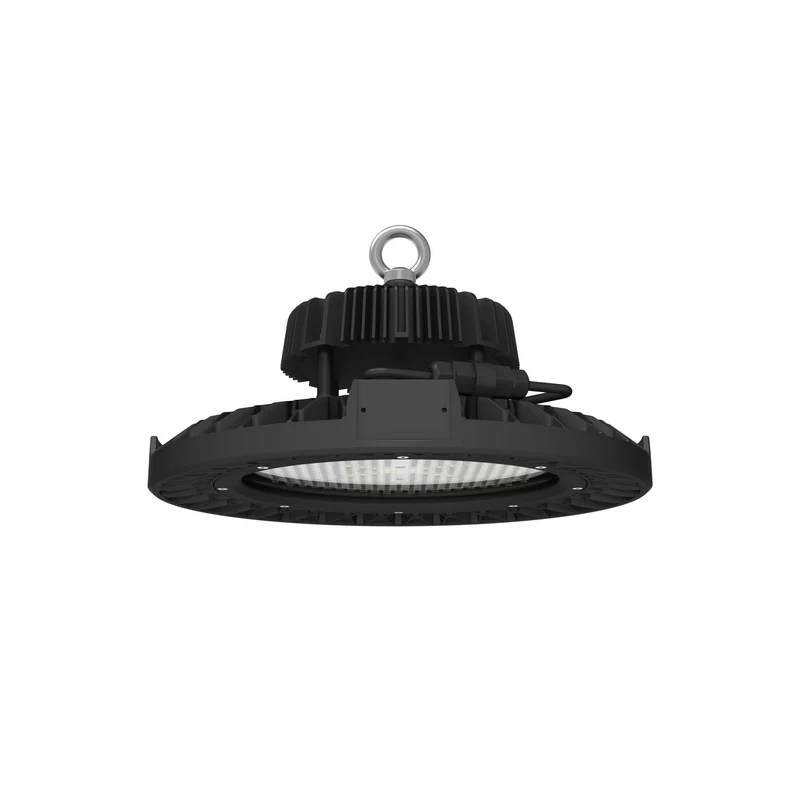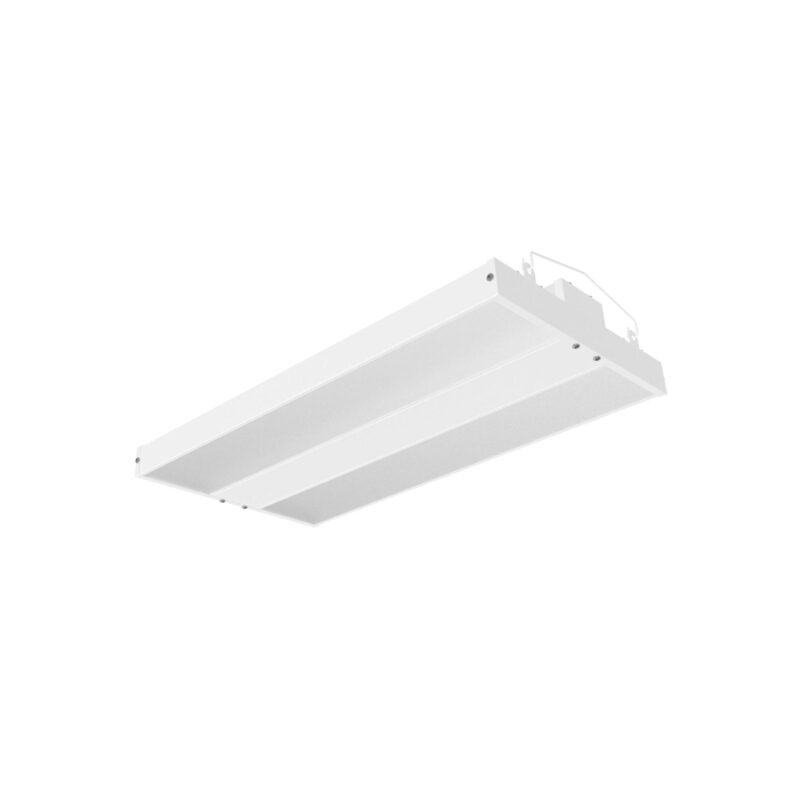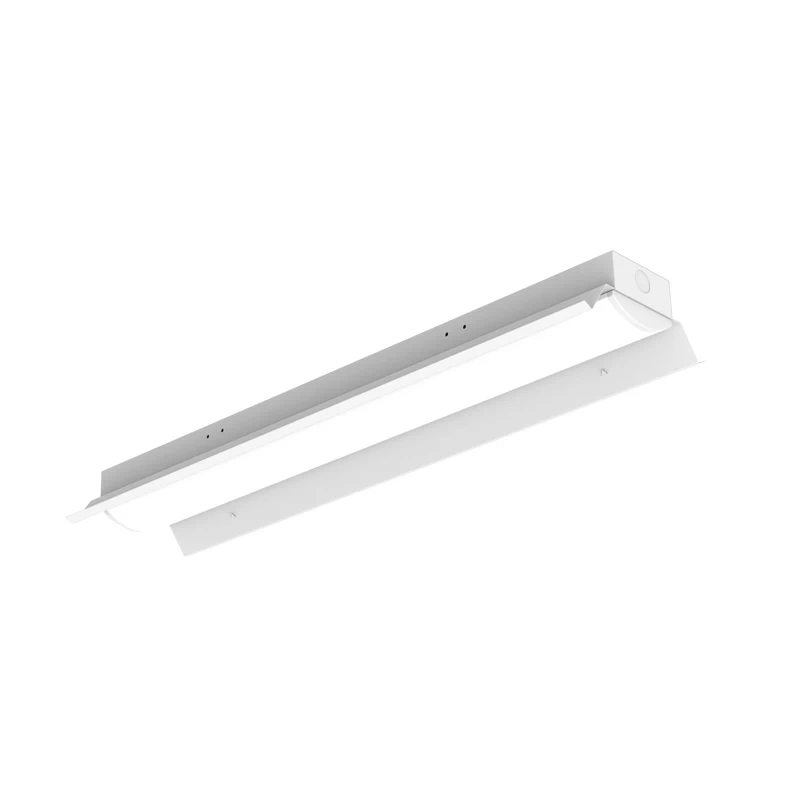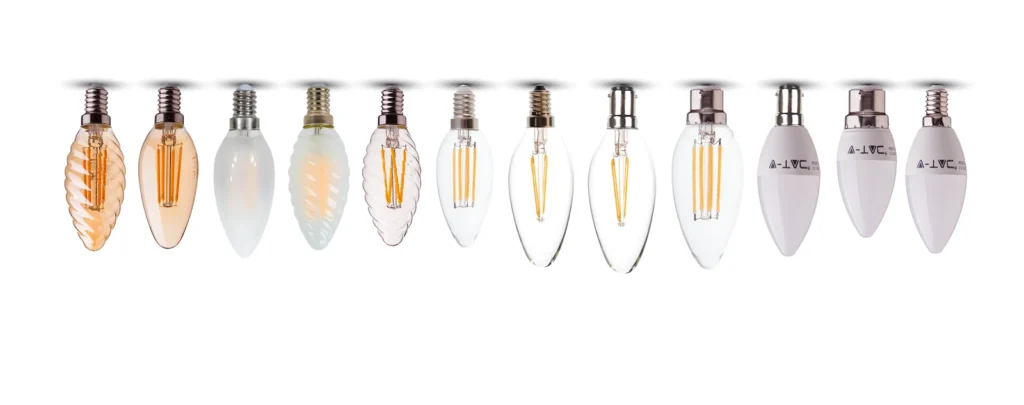Indice dei contenuti
ToggleIntroduzione
Watt, lumen, candela e lux sono tre termini essenziali quando si considerano le moderne soluzioni di illuminazione, soprattutto con l'avvento della tecnologia LED. Capire l'illuminazione può essere un'impresa complessa a causa dei vari termini e metriche utilizzati per descrivere i diversi aspetti della luce. Questo articolo approfondisce le definizioni di questi termini, spiegandone il significato, il rapporto reciproco e la conversione.

Che cos'è un Watt in un apparecchio di illuminazione?
I watt misurano la quantità di energia elettrica consumata da una sorgente luminosa. Maggiore è il wattaggio, maggiore è il consumo di energia.
Storicamente, una potenza maggiore era associata a una luce più brillante, soprattutto nelle lampadine a incandescenza. Tuttavia, con i progressi dei LED, i watt non indicano più direttamente la luminosità. Ad esempio, una lampadina LED da 10 watt può produrre la stessa quantità di luce di una lampadina a incandescenza da 60 watt.
- Consumo di elettricità all'ora (kWh) = Potenza (W) × 0,001
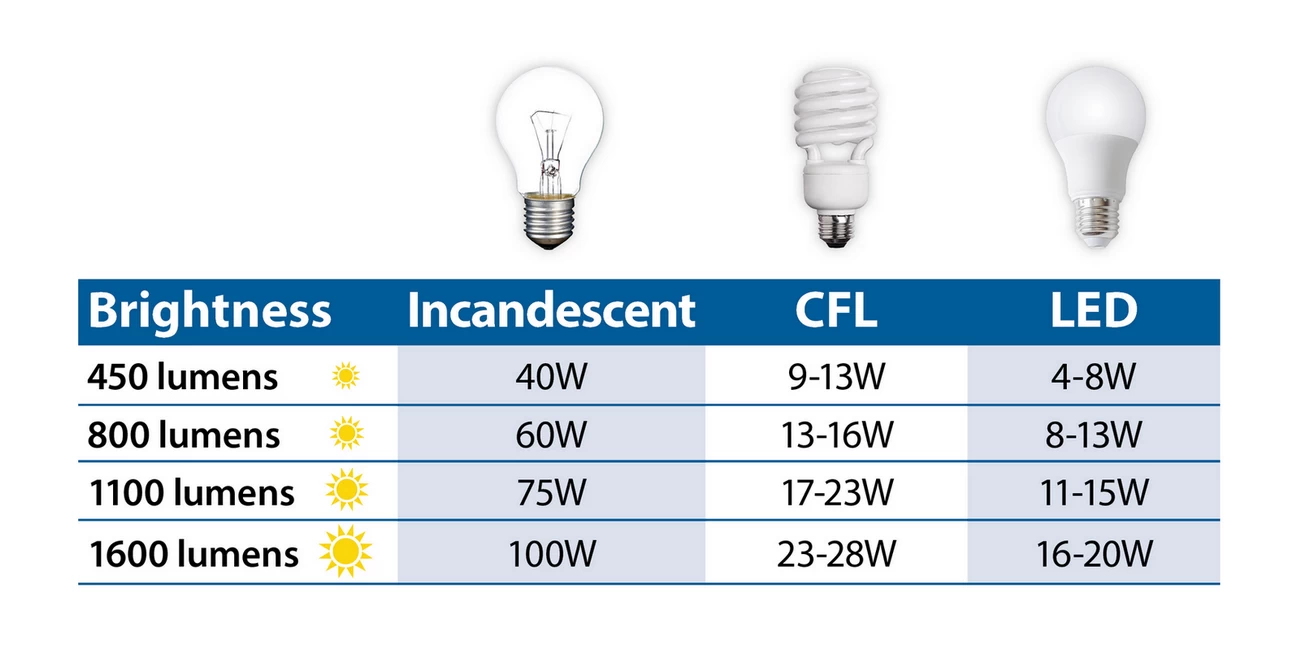
Definizione di lumen
Il lumen (abbreviato in lm) è l'unità di misura del flusso luminoso. I lumen misurano la quantità totale di luce visibile emessa da una sorgente luminosa. Più alto è il numero di lumen, più luce visibile emette la luce e più luminosa appare. I lumen e i watt vengono spesso convertiti in base all'efficacia luminosa (lm/W).
- I lumen rappresentano la quantità totale di luce emessa da una lampada, indipendentemente dalla direzione.
Definizione di Lux
Il lux è una misura dell'illuminamento, che rappresenta la quantità di luce che raggiunge un'area specifica. Un lux equivale a un lumen per metro quadro. Mentre i lumen indicano la quantità di luce emessa da una sorgente, i lux indicano la quantità di luce che effettivamente raggiunge e illumina una superficie.
Più alto è il Lux, più luminosa è la superficie illuminata. A parità di potenza e di lumen, maggiore è l'altezza di installazione, minore sarà l'illuminazione della superficie (lux).
- Illuminazione del garage: Sono sufficienti 100 lux, ovvero 100 lumen di luce per metro quadro.
- Fabbrica o magazzino: Sono necessari 500 lux, ovvero 500 lm di luce per metro quadro.
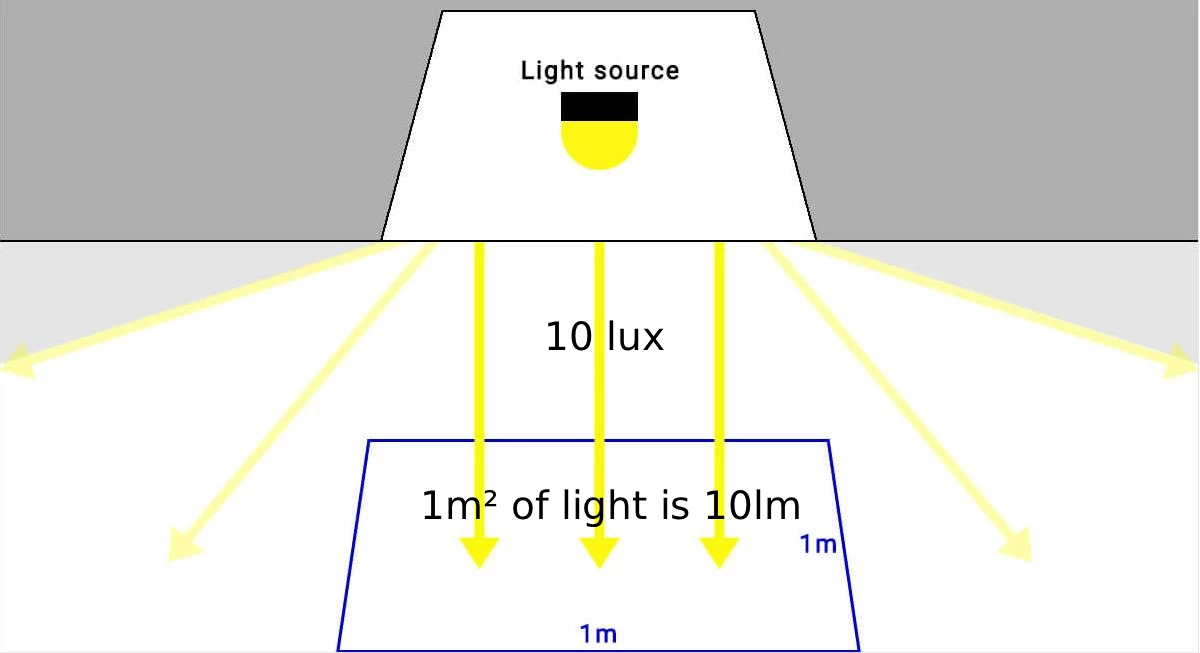
Candela Significato
La candela (simbolo cd) è un'unità di misura dell'intensità luminosa, utilizzata per esprimere la quantità di luce emessa da una sorgente luminosa in una direzione specifica. Più la luce è concentrata in una direzione, maggiore è il valore di candela; più la luce è dispersa, minore è il valore di candela.
Ad esempio, se una luce splende direttamente in avanti, la luce è più concentrata nella direzione direttamente di fronte alla luce, quindi il candela è il più alto, mentre il candela sarà più basso nella direzione laterale.
- Torcia: L'intensità della luce è maggiore nella parte anteriore e può illuminare più lontano.
- Lampada da scrivania: La luce è dispersa, con un basso numero di candele in tutte le direzioni.
Candela vs Lumen
Candela (cd) e lumen (lm) sono entrambe unità fisiche fondamentali in ottica, ma le loro definizioni fondamentali sono completamente diverse.
- Il lumen descrive la quantità totale di luce visibile emessa da una sorgente luminosa in tutte le direzioni.
- La candela descrive l'intensità luminosa di una sorgente luminosa in una direzione specifica.
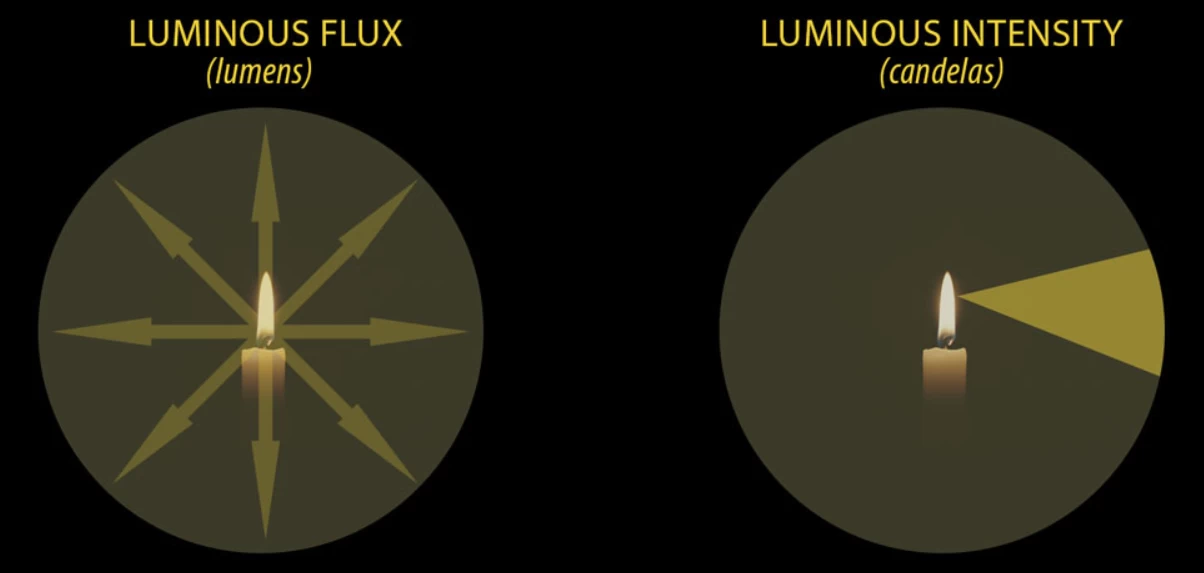
| Tipo di sorgente luminosa | Candela (cd) Significato | Lumen (lm) Significato |
|---|---|---|
| Puntatore laser | Chiave (la luce è altamente concentrata, il valore cd è molto alto) | Secondario (la potenza luminosa totale può essere molto ridotta) |
| Faro per auto | Importante (determina la distanza del fascio e la luminosità centrale) | Importante (il flusso luminoso totale influisce sulla copertura dell'illuminazione) |
| Lampadina per interni | Non utilizzato spesso | Core (determina la luminosità complessiva dell'ambiente) |
Nota: la conversione da Candela a Lumen non è possibile. È necessario conoscere l'angolo del fascio della sorgente luminosa (angolo solido). Ad esempio:
- Una sorgente luminosa da 100 cd con un fascio stretto (10°) produrrà meno lumen totali.
- Una sorgente luminosa da 100 cd con un angolo ampio (120°) produrrà più lumen totali.
Convertire i lumen in watt
La conversione dei watt in lumen varia notevolmente a seconda dell'efficienza luminosa (lm/W) della luce. I diversi tipi di sorgenti luminose (incandescenti, alogene, fluorescenti, LED) e le diverse marche e modelli della stessa sorgente luminosa hanno un'efficacia luminosa diversa.
Per convertire i lumen in watt è sufficiente conoscere l'efficacia luminosa (lm/W) della luce.
- Calcolo dei lumen in watt :Watt = lumen ÷ efficacia luminosa (lm/W)
- Calcolo dei watt in lumen :Lumen = Watt × Efficacia luminosa (lm/W)
Tabella di conversione lumen/watt Esempio: Efficienza luminosa di 100lm/W
| Lumen (lm) | Lumen in Watt | Watt (W) |
|---|---|---|
| 800lm | Lumen(lm) ÷ 100 lm/W | 8W |
| 1000lm | 10W | |
| 1500lm | 15W | |
| 5000lm | 50W | |
| 10000lm | 100W |
Questa tabella di conversione è solo un esempio. Potete calcolarla in base all'effettiva efficienza luminosa della vostra lampada.
Convertire i lux in lumen
Il lumen indica la quantità totale di luce visibile emessa, mentre il lux indica quanti lumen di luce vengono ricevuti da un metro quadrato di superficie.
Pertanto, quando si convertono i lux in lumen, è necessario conoscere l'area della superficie illuminata! I lux sono un'unità di densità legata all'area e non possono essere convertiti in lumen senza considerare l'area.
Convertire i lux in lumen o calcolare i lumen in lux:
- Lumen (lm) = Lux (lx) × Area (㎡)
- Lux (lx) = Lumen (lm) ÷ Area (㎡)
Convertire i lux in lumen per gradi:
- Utilizzare un luxmetro per misurare l'illuminamento (lx) della superficie illuminata (piano del tavolo, pavimento). Ad esempio, 500 lux.
- Misurare la lunghezza e la larghezza dell'area e calcolare l'area: Area = Lunghezza (m) × Larghezza (m). Ad esempio, 2 ㎡.
- Calcolare i lumen: 1000 (lm) = 500(lux) × 2(㎡).
| Obiettivo | Area | Convertire | Descrizione |
|---|---|---|---|
| L'illuminazione della superficie della scrivania raggiunge i 500 lux | 0.72 ㎡ | 500 lux × 0,72 ㎡ = 360 lm | Sono necessarie luci con un flusso luminoso ≥ 360 lm. |
| Controllare se le luci della stanza sono sufficientemente luminose Apparecchio 1000lm | 12 ㎡ | 1000 lm ÷ 12 ㎡ ≈ 83 lx | Illuminazione inferiore a quella consigliata per la stanza sono necessarie ulteriori fonti di luce! |
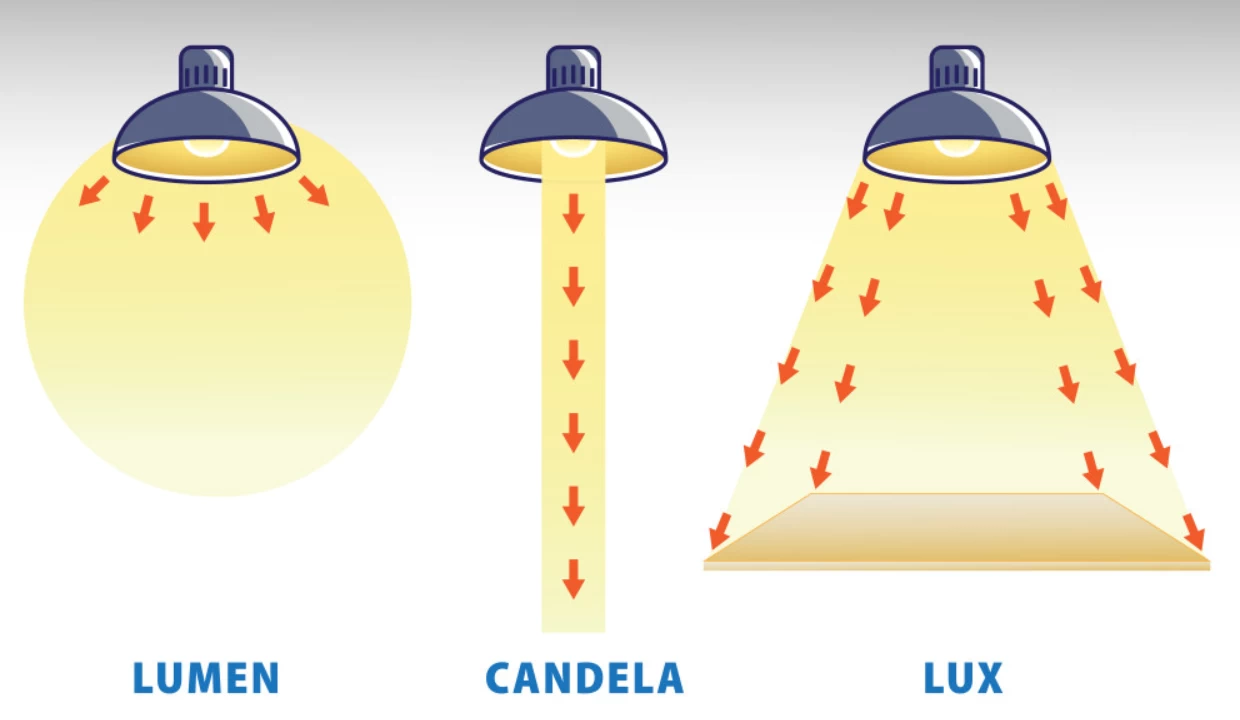
Lumen vs Candela vs Lux
| Concetto | Definizione | Unità | Caratteristiche principali | Esempio |
|---|---|---|---|---|
| Flusso luminoso | Quantità totale di luce emessa da una sorgente | Lumen (lm) | Enfatizza l'"importo totale", indipendentemente dalla direzione. | Una lampadina che emette tutta la sua luce |
| Intensità luminosa | Intensità della luce in una direzione specifica | Candela (cd) | Enfatizza la "direzionalità", ovvero la concentrazione della luce. | Fascio di luce della torcia |
| Illuminazione | Grado di illuminazione di una superficie | Lux (lx) | Enfatizza "l'oggetto illuminato", la luce per unità di superficie | Luminosità su una scrivania |
Riassumere
In conclusione, la comprensione della relazione tra lux, lumen, watt e altri termini di illuminazione è fondamentale per prendere decisioni sulle soluzioni di illuminazione industriale e commerciale. Quando ci si trova di fronte a luoghi o esigenze di illuminazione diversi, queste unità differiscono nel tipo e nell'installazione delle luci.
Le persone chiedono anche
A quanti lumen corrisponde una lampadina da 100 watt?
Non esiste una relazione di conversione fissa tra watt e lumen; è necessario determinare l'efficacia luminosa (lm/W).
- 100W a incandescenza (12-16 lm/W): 1200-1600 lm
- 100W CFL (50-60 lm/W): 5000-6000 lm
- 100W LED (80-100 lm/W): 8000-10000 lm
Maggiore è la potenza, maggiore è il valore di lumen?
A rigor di termini, una potenza maggiore non significa necessariamente lumen più elevati. Il rapporto tra i due dipende dall'efficienza luminosa (lm/W) della sorgente luminosa.
- Diversi tipi di lampade:
Lampada a incandescenza da 100W → 1500 lm; LED da 20W → 1800 lm - Stesso tipo di lampada:
100W LED (80 lm/W) → 8000 lm; 80W LED (130 lm/W) → 10400 lm
Maggiore è il valore di lumen, maggiore è il valore di lux?
Non necessariamente. Se i lumen emessi da una sorgente luminosa aumentano, ma aumenta anche l'area di distribuzione della luce, il valore lux può rimanere invariato o addirittura diminuire.
Ad esempio, diverse angolazioni del fascio e diverse altezze di montaggio della stessa lampada influiscono sull'area di copertura della luce.
Quale fattore determina il valore di candela?
Il valore di candela (cd) è solitamente determinato dal flusso luminoso e dall'angolo luminoso. Maggiore è il flusso luminoso e minore è l'angolo del fascio, maggiore sarà il valore di candela.
Il massimo dei lux è meglio?
Ovviamente no. Le diverse scene hanno intervalli di lux consigliati. Un valore troppo alto o troppo basso influisce sull'esperienza di illuminazione.
Un livello troppo alto può causare abbagliamento, stanchezza e persino rischi per la sicurezza. Se si tratta di una sala operatoria o di una fabbrica, i lux più alti possono garantire efficienza e sicurezza.


